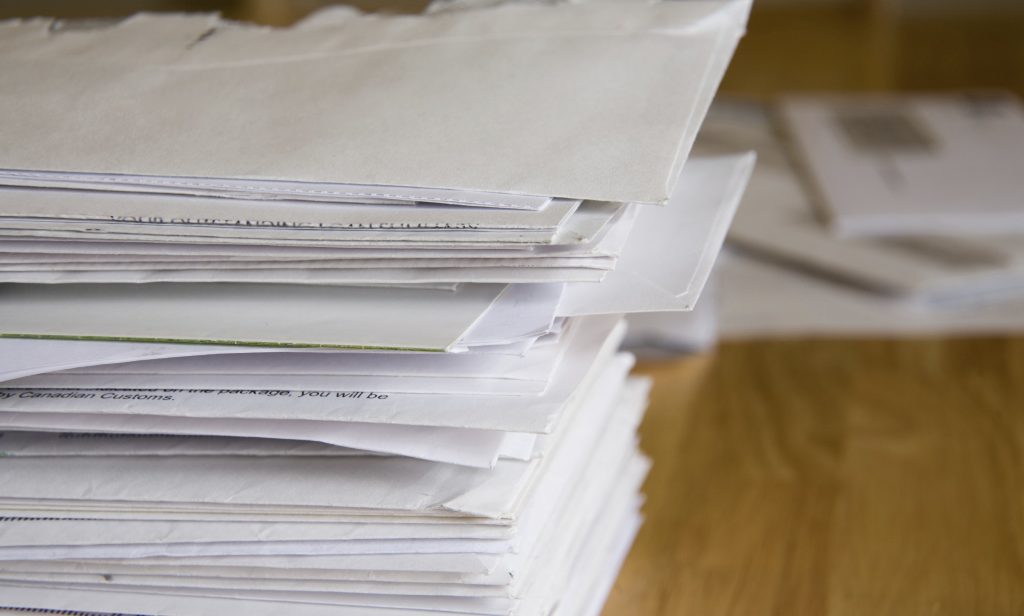Even practices that are financially sound and stick to a written budget occasionally find themselves experiencing a temporary shortage of cash. This could be due to a large emergency expense that was incurred, a provider being unexpectedly out of the office for several weeks due to illness, or simply because – for whatever reason – patient volume took a dip for a period of time. Whatever the reason, if this happens to you, rest assured that there are ways keep your practice afloat financially until cash flow returns to normal.
- Secure a line of credit. Assuming you have a good business relationship with a local bank, getting a line of credit to see you through a lean time may be the most practical solution to a cash flow crunch. Determine how long it will take to pay back the loan and add those payments to your practice budget for upcoming months (or longer, depending on the size of the debt). Keeping a line of credit in place for emergency situations is a smart business move, so even if you’re not having cash flow problems today, consider working with your bank to put this financial tool in place – just in case.
- Focus on collections. Reassign one or two people in the office to work on old accounts and get some quick cash in the door. If you’re not already accepting credit cards, get a merchant account set up so that when collection calls are made or letters are mailed, you can give patients the option to pay in full and immediately using a credit card.
- Postpone elective purchases. If you’d slated the current quarter to purchase a new piece of equipment or redecorate the waiting room, simply hold off on the expenditure until adequate cash flow resumes.
- Offer voluntary unpaid vacation time. Avoid a mandatory cutback of hours if at all possible because chances are that most of your employees depend on the money they earn in your practice. But there may be a staff member or two who would relish the idea of a week off, even without pay. When cash is scarce, offer this up as a possibility (assuming, of course, that allowing employees to take time off won’t disrupt practice operations).
- Tap practice credit cards. As a last resort, you can always pay certain bills with a practice credit card or even get a cash advance. Be careful, however, because credit card debt is expensive. Use this option only if you’re certain you can get back on your financial feet and pay off any balance accumulated within a short period of time.
Once you’ve moved beyond the temporary cash crunch and finances are again stable, review the situation in retrospect to determine what led up to the problem. Doing so might help you avoid repeating the situation down the road.



